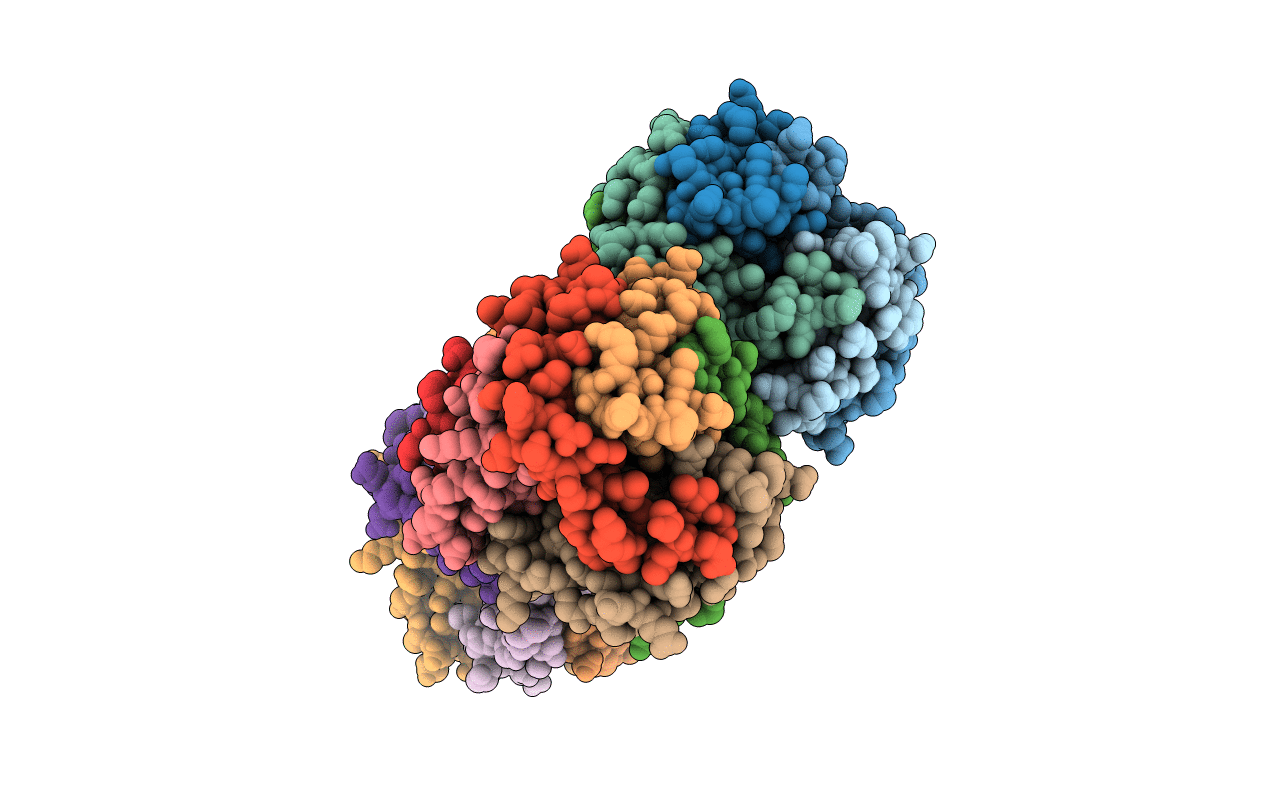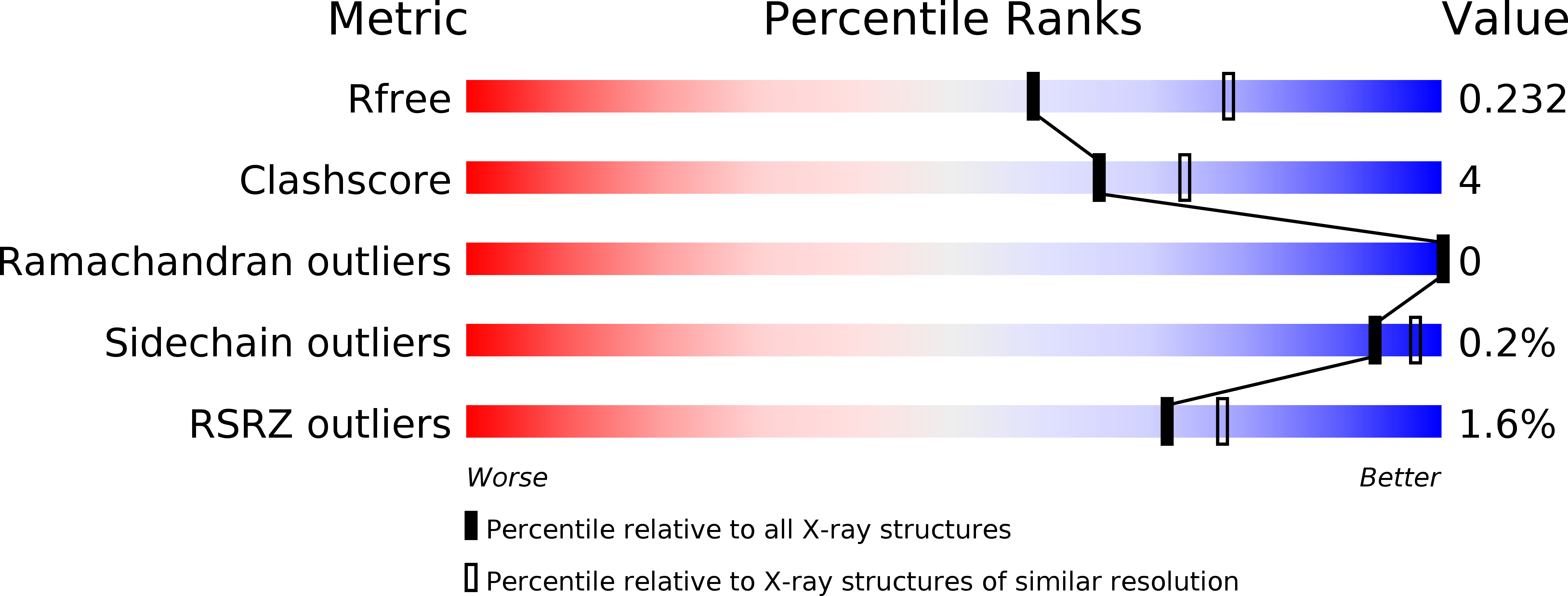
Deposition Date
2015-07-16
Release Date
2016-03-09
Last Version Date
2024-01-10
Entry Detail
PDB ID:
5CLO
Keywords:
Title:
Crystal structure of a 4-oxalocrotonate tautomerase mutant in complex with nitrostyrene at 2.3 Angstrom
Biological Source:
Source Organism:
Pseudomonas putida (Taxon ID: 303)
Host Organism:
Method Details:
Experimental Method:
Resolution:
2.30 Å
R-Value Free:
0.27
R-Value Work:
0.23
R-Value Observed:
0.23
Space Group:
P 1


